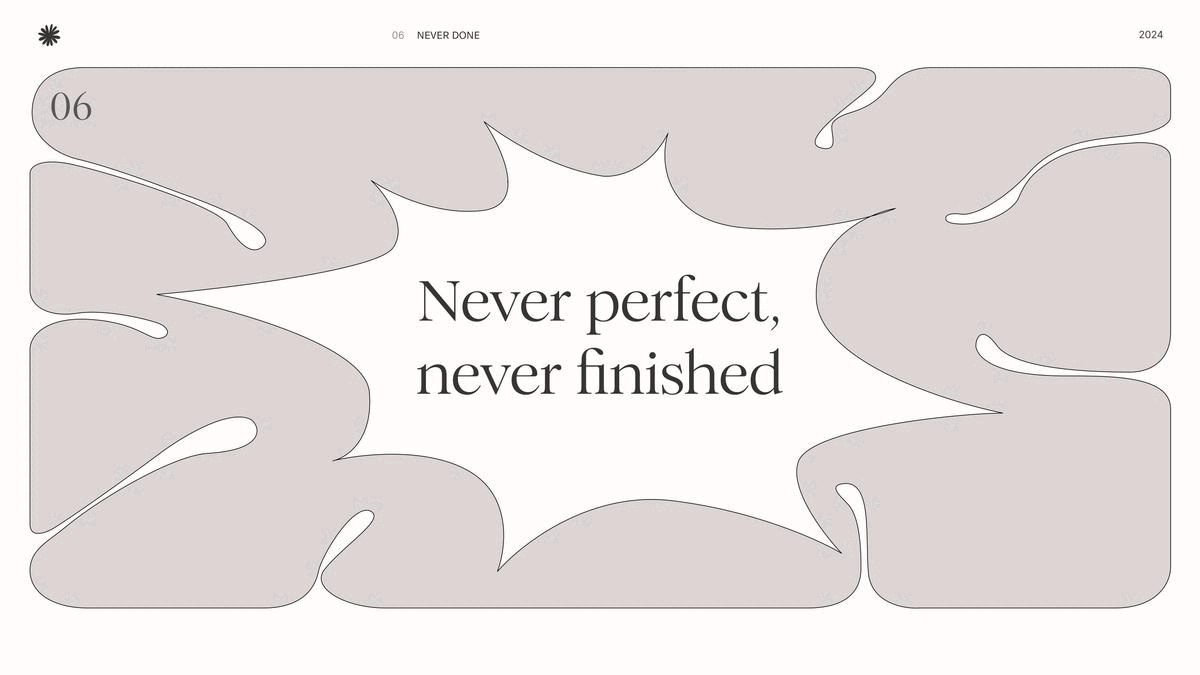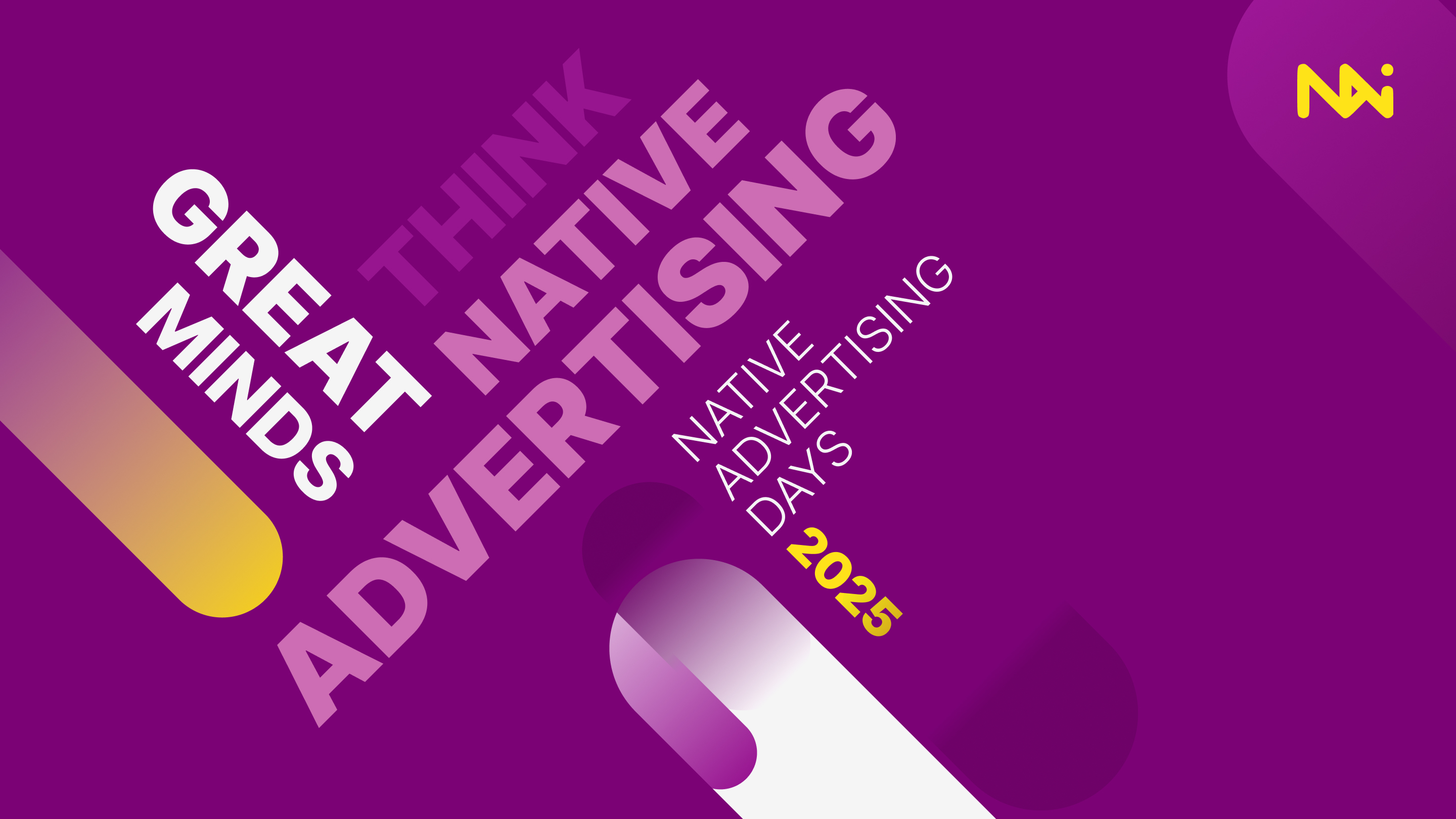Exploring the power of inclusive design: HLabs meets Daisy Handley

"As a devoted designer and researcher, my passion lies in harnessing the transformative power of design to shape a more inclusive and creative world. Drawing from a background in branding and digital design, my joy is derived from helping clients in crafting beautiful and truly accessible products and services." Daisy Handley

Daisy Handley, Accessibility expert and freelance product designer

What is inclusive design?
Inclusive design refers to the practice of creating products, environments, and systems that are accessible and usable by as many people as possible, regardless of age, ability, or other characteristics. The goal of inclusive design is to ensure that everyone, including people with disabilities, can fully participate in and benefit from the designed solutions.
Key principles of inclusive design include:
- Diversity and Inclusion: Recognizing and embracing the diversity of users, including those with varying abilities, backgrounds, and preferences.
- Equitable Use: Designing products and services that are accessible and usable by people with diverse abilities, ensuring equal access and opportunity.
- Flexibility: Providing options and adaptability to accommodate a wide range of user needs and preferences.
- Simple and Intuitive Use: Striving for simplicity and intuitiveness in design to make products easily understandable and usable without unnecessary complexity.
- Perceptible Information: Ensuring that information is presented in multiple ways, making it accessible to individuals with different sensory abilities.
- Tolerance for Error: Designing with tolerance for mistakes, allowing users to recover easily from errors without negative consequences.
- Low Physical Effort: Minimizing physical effort required to interact with products, especially for those with limited mobility or physical disabilities.
Inclusive design goes beyond compliance with accessibility standards; it aims to create a more inclusive and accessible world for everyone. It is applied in various fields, including technology, architecture, product design, and service delivery.
Want to know more? Get in touch with Daisy here.
What’s a Rich Text element?
The rich text element allows you to create and format headings, paragraphs, blockquotes, images, and video all in one place instead of having to add and format them individually. Just double-click and easily create content.
Static and dynamic content editing
A rich text element can be used with static or dynamic content. For static content, just drop it into any page and begin editing. For dynamic content, add a rich text field to any collection and then connect a rich text element to that field in the settings panel. Voila!
How to customize formatting for each rich text
Headings, paragraphs, blockquotes, figures, images, and figure captions can all be styled after a class is added to the rich text element using the "When inside of" nested selector system.
Here at HLabs we are always improving our best practises to make sure our content is inclusive as possible. We'd happily audit your content and make suggestions on a free strategy call. Get in touch and we can improve your immersive storytelling today.
We’ll show ours if you share yours.
Share your details so we can stay in touch and directly show you premium HLabs content!





.gif)